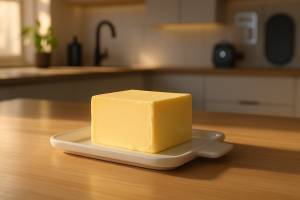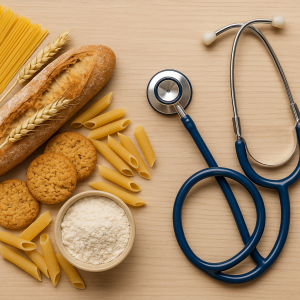Iron is a mineral that is essential for human health
 Iron is a component of hemoglobin, a protein found in red blood cells that carries oxygen from the lungs to the body’s tissues. Iron is also necessary for the production of collagen, a protein that helps to form the structure of skin, blood vessels, and connective tissue.
Iron is a component of hemoglobin, a protein found in red blood cells that carries oxygen from the lungs to the body’s tissues. Iron is also necessary for the production of collagen, a protein that helps to form the structure of skin, blood vessels, and connective tissue.
There are several health benefits associated with getting enough iron in your diet
Helps to prevent anemia: Iron deficiency anemia is a condition in which there are not enough red blood cells in the body due to a lack of iron. Symptoms of anemia include fatigue, pale skin, and shortness of breath.
Supports the immune system: Iron plays a role in the production of white blood cells, which help to fight off infections.
Article continued below
Maintains energy levels: As a component of hemoglobin, iron helps to transport oxygen to the body’s tissues, which can help to maintain energy levels.
Helps to support cognitive function: Iron is necessary for the production of neurotransmitters, which are chemicals that transmit messages in the brain.
Types of iron
There are two types of iron found in food: heme iron and non-heme iron. Heme iron is found in animal proteins such as meat, poultry, and fish, and is more easily absorbed by the body. Non-heme iron is found in plant-based foods such as beans, nuts, and leafy green vegetables, and is not as easily absorbed.
Best sources of iron
There are many good sources of iron that you can include in your diet. Some of the best sources of heme iron include:
- Red meat, such as beef, lamb, and pork
- Poultry, such as chicken and turkey
- Fish, such as sardines, tuna, and salmon
Some of the best sources of non-heme iron include:
- Legumes, such as beans, lentils, and chickpeas
- Nuts and seeds, such as almonds, pumpkin seeds, and sesame seeds
- Tofu
- Whole grains, such as quinoa and fortified cereals
- Leafy green vegetables, such as spinach and kale
- Dried fruit, such as apricots, prunes, and raisins
The body absorbs non-heme iron less efficiently than heme iron, so it may be necessary to consume more non-heme iron to get the same amount of iron as you would from heme sources. It can also be helpful to include a source of vitamin C with non-heme iron sources, as vitamin C can help to increase the absorption of non-heme iron. Adding lemon juice to your non-heme iron foods, or helping with a vitamin C supplement is recommended.
Daily intake of iron
The recommended daily intake of iron varies depending on age, sex, and life stage. Here are the recommended daily intakes for iron for different groups:
Adult men: 8 mg/day
Adult women: 18 mg/day (27 mg/day during pregnancy)
Children: 7 mg/day (ages 9-13), 11 mg/day (ages 14-18)
These recommendations are for the general population and that individual needs may vary. Some people may need more or less iron depending on their health status and other factors. For example, people with anemia or certain other health conditions may need to consume more iron. It’s a good idea to speak with a healthcare provider or a registered dietitian to determine your specific nutrient needs.






